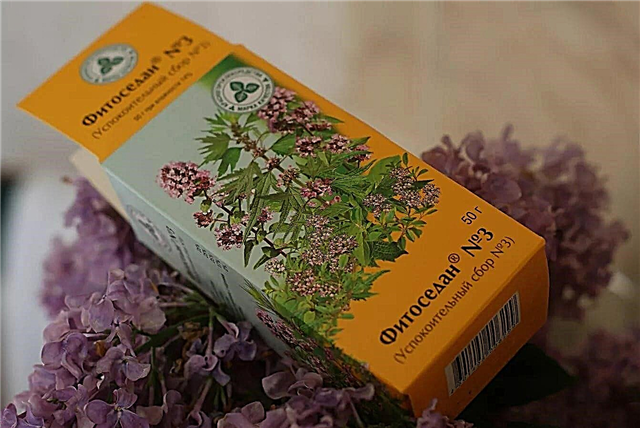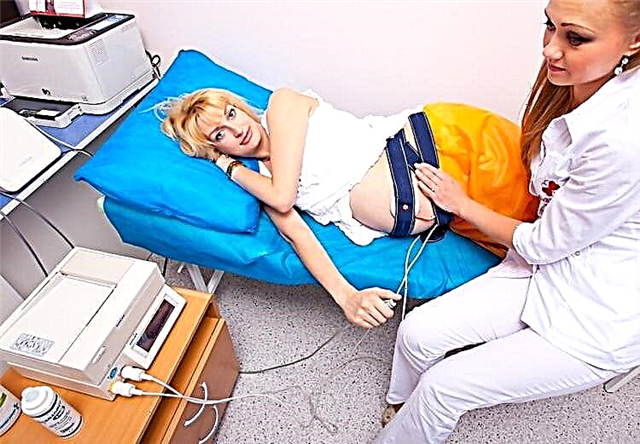
In addition to antibiotics, specific agents based on viruses that can destroy certain microorganisms are also used in the fight against harmful bacteria. Such viruses are called bacteriophages, and the drugs that are made with their help effectively act on infectious agents and are allowed in childhood.
One of the most common drugs in this group is "Staphylococcal bacteriophage". It is often prescribed for purulent diseases, if the examination showed the presence of staphylococci.


Release form and composition
Staphylococcal bacteriophage is a product of the well-known Russian pharmaceutical company Microgen, which also produces other bacteriophages, vaccines and other immunobiological agents.
The drug is released only in liquid form, therefore it is represented by a yellow transparent liquid. It can be taken internally or used externally. The solution is poured into 20 ml glass vials, which are sold in 4 or 8 pieces in one pack. Also sold separately are 100 ml vials of Staphylococcal Bacteriophage.

The main ingredient of the drug has the same name and is a sterile filtrate containing microbes from the genus Staphylococcus destroyed by bacteriophages. The preparation also contains a preservative, which is 8-hydroxyquinoline sulfate. This is the only auxiliary compound; there are no other chemical additives in the medicine.
Principle of operation and indications
Once in the patient's body, "Staphylococcal bacteriophage" acts on bacteria of the genus Staphylococcus. The drug destroys them through lysis, and it does not affect other microbial cells. This allows the solution to be used for purulent diseases caused by staphylococcal infection. The agent is prescribed for:
- runny nose, tonsillitis, otitis media, sinusitis and other diseases treated by ENT doctors;
- bronchitis, pleurisy, tracheitis and other diseases of the respiratory system;
- suppuration of burns and rashes, boils, abscesses, inflamed wounds, panaritiums, hydroadenitis and other surgical infections;
- intestinal dysbiosis;
- cystitis and other urogenital diseases of a bacterial nature;
- conjunctivitis, pyoderma, inflammation of the umbilical wound and other purulent diseases in infants;
- cholecystitis and gastroenterocolitis caused by staphylococcus.
The solution can also be used for prophylaxis, for example, for treating a wound or postoperative suture. In this case, "Staphylococcal bacteriophage" should be used only after determining the sensitivity to such a drug.
At what age is it prescribed?
"Staphylococcal bacteriophage" is safe for children from birth, so it can even be prescribed to a newborn baby or a baby under one year old. The age of the child must be taken into account when selecting the desired dosage of the solution.

Contraindications
The drug is not used only in patients with hypersensitivity to its ingredients. It should also not be used for infections that are not caused by staphylococcus, but other bacteria.
Side effects
No negative symptoms were noted during the application of the bacteriophage.

Instructions for use
Before starting treatment with "Staphylococcal bacteriophage", it is necessary to check whether the liquid is completely transparent and whether there is any sediment in it.

In case of turbidity, the use of the medicine is prohibited. To prevent the solution from deteriorating, it is drawn through a sterile needle from the syringe, and the hands and the cap of the bottle are wiped with alcohol.
There are several ways to use "Staphylococcal bacteriophage".
- Give the little patient a drink. This application is in demand for dysbiosis, pyelonephritis and other infections. The dosage of the solution is determined by the patient's age and can range from 5 ml for a baby in the first months of life to 30 ml for a child over 8 years old. The bacteriophage is taken 2-3 times a day about an hour before meals. For babies, it is allowed to mix the solution with mother's milk.
- Administer the medication rectally. This method is used for enterocolitis, sepsis and other infections. It is in demand in babies with vomiting or regurgitation. The dose of the drug depends on age and can be from 5 to 50 ml, for example, a child of 6 years old is injected into the rectum from 30 to 40 ml of solution (the exact table with doses can be seen in the paper instructions).
- Use to treat wounds. You can irrigate damaged areas with medication or make lotions with a bacteriophage. Surgeons can inject the drug into the joint, pleural, or other cavity.
- Drip into the nose or gargle. In addition, the bacteriophage can be used to wash the ear and nose. The medicine is used in an amount of 2 to 10 ml, 1 to 3 times a day. Sometimes turundas are moistened with a medicine and injected into the nasal cavity or auricle for 1 hour.
The duration of treatment with a solution depends on the indications and usually ranges from 7 to 20 days.
Overdose and drug compatibility
To date, there have been no cases of overdose of "Staphylococcal bacteriophage". The solution can be used together with antibiotics and any other medicines. But if the preparation is used to irrigate a wound that has been treated with an antiseptic, then before using the bacteriophage, it should be rinsed with sterile saline.
Terms of sale
"Staphylococcal bacteriophage" refers to non-prescription drugs, but it is advisable to consult a doctor before using it in children.
The average price of 4 bottles of 20 ml of solution is 750 rubles.
Storage
You need to keep the bottle with the medicinal solution at home in a refrigerator, and so that the child cannot get the drug, it should be placed on the top shelf. Shelf life is 2 years. If the liquid inside the bottle has not become cloudy, it is permissible to store the bacteriophage until the date marked on the package.

Reviews
There are many positive reviews about the use of "Staphylococcal bacteriophage" in children, in which the agent is called effective and is praised for its ability to treat children of any age. According to the parents, such a solution does not cause side effects, and allergies to it are extremely rare.
Its main disadvantages are considered the need for storage in the refrigerator, not too pleasant taste and high cost.

Analogs
If it is necessary to replace the solution with a similar preparation, you can use Intesti-bacteriophage, which also contains staphylococcal phagolysates. However, such a remedy also contains other destroyed microbes, among which there are Salmonella, Pseudomonas, Shigella, Proteus and Escherichia coli.
Such a medication is also represented by a yellowish solution that is allowed for children from birth.

See the next video for the action of bacteriophages.



